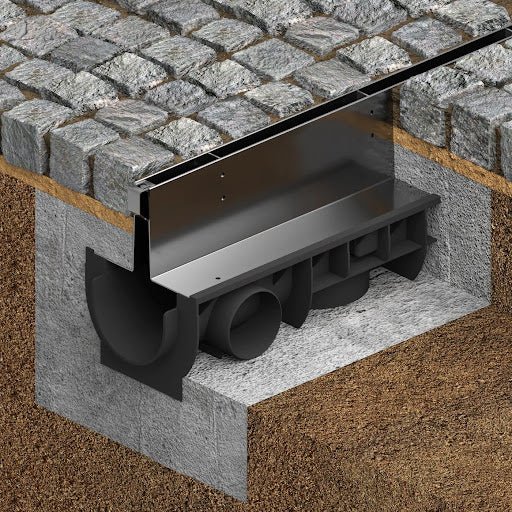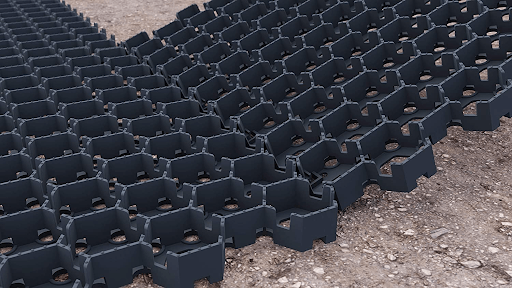There has been a growing discussion in recent years, especially as climate change continues to make its presence known, about building flood proof houses as a means to negate potential flood damage. This is particularly more prevalent in areas that are known to flood, such as Houston or New Orleans, and has become a relevant cause for concern. Since a flood proof house saves homeowners thousands of dollars in these scenarios, it’s pertinent for anyone to be informed on ways to construct and maintain these homes. Here’s a closer look into how to prevent flood damage from both a structural and internal standpoint.
Options to Avoid Flooding on a Foundation
When analyzing where to build and how to prevent flood damage, a great place to start is exploring the options available to avoid flooding on a foundation. Since the foundation is the basis of any house, there’s nothing more important than flood proofing this area to prevent other types of water damages. Here are some things to consider ahead of time:
What to Install During Construction to Prevent Flooding
Both flooding and standing water are issues no property owner wants to deal with. Each can cause home and foundation damage, as well as asphalt and/or paver erosion. Fortunately, there are a multitude of ways to protect your dream home from such complications during the construction phase as opposed to after.
- Permeable Pavers - Permeable paving systems are uniquely designed to prevent the build up of water, primarily in large lots and driveways. Consisting of small open cells filled with gravel or grass, permeable pavers repel water accumulation by forcing it to collect within its spaces and absorb into the ground. This system differs greatly from standard asphalt, concrete, and gravel integrations, as these types tend to force runoff and water pooling. Concerning residential lot construction, these systems are best for driveways and other large areas of space near the home where flooding is possible.
- Slot Drains - Slot drains play a large role in lawn drainage and surface water management. Featuring a modern and sleek design, slot drains are a bit newer and more aesthetically pleasing than those that came before. Functionally, slot drains work to eliminate water and water buildup by incorporating a sloped, linear design that helps with runoff.
- Trench drains - Trench drains are another form of drainage system. Commonly used for driveways, sidewalks, and other similar areas, trench drains collect and divert water to a designated outlet. Trench drain systems are designed specifically to handle large amounts of water, so they assist effectively in areas prone to excess rain.
- Sump Pumps - These devices are excellent at pumping water out of a home, particularly in basements. Sump pumps often have extra battery backups in case of outages that can safely and efficiently remove water in cases of flooding, returning them back outside. It’s often advised to plan for a sump pump early in your construction project in order to avoid additional costs or reworks.
- While the future of our climate is impossible to predict, rain storms are always a given. Ensuring that you have a flood proof house can instill a sense of comfort, and can prevent costly damages in the event of bad storms and excess water.
Have questions about drainage solutions? Contact Vodaland and explore the best and most effective flood proof systems on the market.



Leave a comment
This site is protected by hCaptcha and the hCaptcha Privacy Policy and Terms of Service apply.